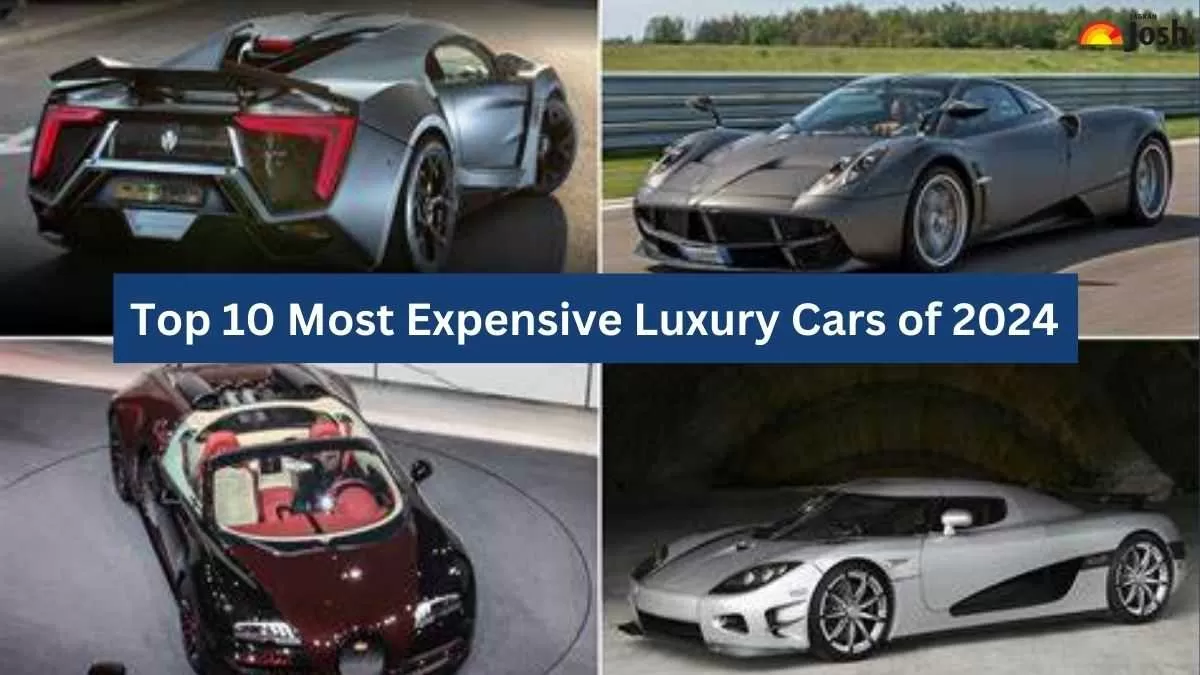
Top 10 Plugins for Music Production in 2024
Introduction to Music Production Plugins
Music production plugins play a pivotal role in the modern landscape of audio creation and enhancement. These digital tools are designed to be integrated within a digital audio workstation (DAW), allowing music producers to manipulate sound in a versatile and dynamic manner. The importance of plugins in the workflow of music producers cannot be overstated, as they facilitate everything from sound design to mixing and mastering, effectively shaping the final output of musical compositions.
There are various types of music production plugins available, each serving distinct functions. Virtual instruments are among the most commonly utilized plugins, providing producers with an extensive range of sounds and textures without the need for physical instruments. These include synthesizers, samplers, and drum machines that can simulate or create new sounds, expanding the producer’s musical palette significantly.
Effects plugins, on the other hand, are crucial for adding depth and character to recordings. These can range from reverb and delay to more complex processors like distortion and modulation effects. These tools enhance audio quality by allowing for creative manipulation of individual tracks, ensuring clarity and richness in the final mix.
Moreover, mixing plugins are essential for balancing and combining different audio tracks effectively. They often include equalizers, compressors, and limiters, which are instrumental in achieving a polished sound that highlights the best aspects of the music. This layering of sounds and effects showcases how plugins are integral to modern music production techniques, providing flexibility and innovation that broaden a producer’s capabilities.
As the music production landscape continues to evolve, the following sections will introduce the top 10 plugins that stand out in 2024, illustrating the cutting-edge tools available for aspiring and professional producers alike.
Criteria for Selecting the Best Plugins
Several key criteria are essential when evaluating music production plugins for 2024 to ensure their effectiveness and relevance in contemporary music creation. The most significant factor is sound quality, which directly impacts the overall production. High-quality plugins provide a range of nuanced sounds and textures, crucial for professional and amateur musicians alike. Thus, selecting plugins that showcase exceptional audio fidelity is paramount.
Another critical consideration is the user interface. An intuitive and user-friendly interface allows producers to work efficiently without unnecessary complications. A plugin that offers easy navigation and clear visualization can significantly enhance productivity, making it easier for users to explore its features and achieve desired outcomes.
Compatibility with various digital audio workstations (DAWs) is vital as well. Music producers use a wide array of DAWs, and plugins that seamlessly integrate with multiple platforms are more appealing. Ensuring that plugins support major DAWs broadens their usability and accessibility, making them suitable for a diverse range of production environments.
Versatility across different musical genres cannot be overlooked. The best plugins should exhibit adaptability, allowing producers to utilize them in various styles, from electronic to classical. This flexibility not only maximizes the investment in the plugin but also encourages creativity, inviting users to experiment beyond their usual genre.
Finally, value for money plays a crucial role in the selection process. While high-quality plugins may come at a premium, they should also deliver features and capabilities that justify the investment. A cost-effective plugin that meets or exceeds expectations for performance and functionality is the ideal choice for many producers. By prioritizing these criteria, we can ensure that the plugins selected for 2024 stand out as effective tools for music production.
The Top 10 Music Production Plugins of 2024
As music production continues to evolve, the reliance on high-quality plugins becomes increasingly paramount for producers aiming to achieve professional sound. The following list presents the top 10 music production plugins for 2024, encapsulating a blend of established names and emerging tools that have made significant waves in the industry.
1. iZotope Ozone 10: Known for its powerful mastering capabilities, Ozone 10 offers an array of intelligent features, such as the Master Assistant, which analyzes your track to create a suitable mastering chain. Its intuitive interface helps streamline complex processes, making it ideal for both novice and experienced producers.
2. Waves SSL E-Channel: This plugin is celebrated for faithfully replicating the iconic SSL console sound. With its innovative features like dynamic EQ and compression, it enables users to achieve a polished mix reminiscent of professional recordings.
3. FabFilter Pro-Q 3: A staple in equalization, Pro-Q 3 excels with its pristine sound quality, versatile filter types, and dynamic EQ capabilities. Its user-friendly interface and visual feedback make it an indispensable tool for precise sound shaping.
4. Native Instruments Kontakt 7: Kontakt remains a leading sampler in the industry, featuring an extensive library of virtual instruments. Its overwhelming depth and versatility cater to musicians across genres, facilitating everything from orchestral to electronic productions.
5. Spectrasonics Omnisphere 3: With an unparalleled range of sounds and synthesis capabilities, Omnisphere 3 is favored by many for its rich textures and audio sculpting tools. It is particularly admired for integrating sampled sounds with synthesis, providing endless creativity.
6. Valhalla Room: This reverb plugin is praised for its lush algorithms and affordability. Valhalla Room is versatile enough to achieve everything from small ambient spaces to large halls, making it a favorite among music producers.
7. Arturia Analog Lab V: This plugin houses an extensive collection of classic synth sounds. Providing easy access through its streamlined interface, it appeals to musicians who desire the analog warmth and character without the hassle of hardware.
8. Output Arcade: Renowned for its loop-based music production, Arcade provides an ever-evolving array of sounds that can be manipulated in real time. Its cloud-based system offers up-to-date content, keeping projects fresh and innovative.
9. Melodyne 5: A leading pitch correction tool, Melodyne 5 distinguishes itself with its unique ability to edit audio, allowing for pitch adjustments and time corrections while maintaining a natural sound, thus aiding in vocal production.
10. Soundtoys Decapitator: This analog saturation plugin is revered for adding warmth and character to tracks. It offers a variety of tone-shaping options and is ideal for enhancing bass lines and drums, providing that subtle edge in mixes.
This selection of plugins represents a comprehensive overview of what music producers can expect in 2024. Each plugin brings a unique set of features and capabilities, enabling creators to refine their sound and advance their artistic vision.
Conclusion and Recommendations
In the ever-evolving landscape of music production, the significance of selecting the right plugins cannot be overstated. Throughout this post, we have explored a variety of top plugins that meet the diverse needs of music producers in 2024. From synthesizers to effects and everything in between, each plugin offers unique features that can enhance your production capability and creativity.
For beginners, user-friendly plugins such as Serum and iZotope Ozone are excellent starting points. These tools not only provide a straightforward interface but also come with comprehensive tutorials and support, making the learning curve more manageable. As you become more comfortable with music production, experimenting with these plugins can help you develop your distinct sound.
Seasoned professionals, on the other hand, may seek plugins offering advanced functionality and versatility. Options like Waves SSL E-Channel and Valhalla Room could be particularly appealing due to their depth and capabilities in mixing and sound design. Utilizing these sophisticated tools can facilitate greater creative expression and elevate your tracks to a professional standard.
It is worth noting that finding the right plugin is not just about the brand or price; it encompasses how well the plugin fits your workflow and sound preferences. Therefore, experimentation is key. Utilize trial versions whenever available, allowing you to test the plugins in real projects before making a purchase. This hands-on approach will provide insights into which tools resonate with your production style, ultimately allowing you to achieve the best possible outcomes in your music creation process.
In conclusion, the right plugins can significantly impact your music production journey. Regardless of whether you are a novice or a veteran in the field, the recommendations outlined in this post are designed to help you make informed decisions that enhance your music-making experience. Don’t hesitate to explore these plugins and discover the possibilities they offer for your unique artistic expression.






















